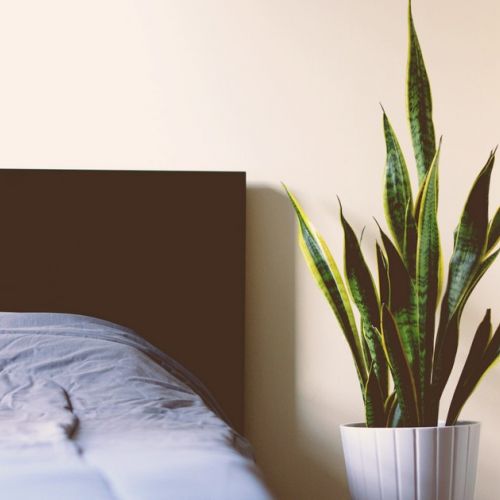Bringing In Plants For Winter: When And How?
Some plants of southern or exotic origin need to be sheltered during the cold season. This is the case for citrus, cacti and oleander, for example. If you're wondering when and how to bring plants in for the winter, read our handy guide! We explain how to winterize cold weather plants in 5 questions.
1- When to bring your plants inside?
As soon as the temperatures drop, it's time to turn in plants for the winter to protect them from the cold and frost.
Depending on the region, this sheltering should be done in October or November. It is not possible to give a more precise answer to this question because everything depends on the plants to be protected and the climate of your region.
As a general rule, remember that it is advisable to put chilly plants indoors as soon as the outside temperature approaches 10°C.
Some plants that are particularly sensitive to the cold, such as cacti and bougainvillea, should be winterized earlier than others, starting in October.
2- Where to bring the plants in for the winter?
If you have chilly plants that need to overwinter indoors, protected from the cold, you need to provide a bright location to accommodate them throughout the cold season.
Remember, plants need light to stay healthy. So you need to find a place in your home with sufficient temperature and light.
Ideally, you should overwinter fragile plants in a conservatory or low-heat greenhouse. If you have mini cacti you can also put them in a bright room but without direct sunlight.
3- How to bring in the plants in autumn?
Once you have chosen the time and place to bring the plants in for the winter, it is not enough to simply move them from outside to inside your home.
Before winterizing them, check that they are healthy and have not been attacked by insects. This is because insect pests grow much faster inside homes than outside.
To avoid their proliferation on all your plants, it is important to make a check and to bring in only the healthy specimens.
In addition, it is also recommended to acclimate the plants gradually to their new environment.
In practice, in order for the plants to get used to the difference in temperature and light between outdoors and indoors, you will need to bring them in at nightfall for a few days and bring them out again in the morning, gradually reducing the time spent outdoors.
4- Which plants are affected by wintering?
If it is true that it is necessary to bring in the coldest plants in winter, this autumnal ritual does not concern all species.
Some plants can spend the whole winter outside if the climate is mild enough and if you protect them from the cold by other means such as mulching the soil and using a winter cover.
Some of the plants that need to be protected from cold and frost include:
- Citrus trees such as lemon and orange trees, which need a temperature between 5 and 12°C in winter
- tropical plants such as bougainvillea, hibiscus and orchids which appreciate the temperature of our apartments (but not the proximity of the heating!)
- cacti that like to spend the winter at a temperature between 5 and 12°C. Only the most rustic species of cactus such as the prickly pear can stay outside all year round.
- the oleander which is cold and must be brought in during November and placed at a temperature between 10 and 15°C.
5- What is the care during wintering?
After bringing the plants in for the winter, they still need to be cared for so that they are back in top shape the following spring. During the overwintering period, you should not water the plants too much, if at all.
For citrus and oleander, for example, stop fertilizing and water only twice a month. Wait until May to bring them out into the open again.
Also, stop fertilizing the bougainvillea and reduce watering. Don't worry if it loses its leaves because they will grow back in the spring. Wait until June to put it back in your garden.
For cacti, reduce watering in early fall and then stop it completely during the winter if you place them in a cool room. If the temperature is above 12°C, water them moderately once a month. You can take them out again around mid-May.







